
Rose Milkweed: Essential Native Plant for Monarch Butterflies
Rose milkweed is a beautiful native plant that can add color and life to your garden. This perennial flower, also known as Asclepias incarnata, grows
Shipping is temporarily suspended until Monday, July 7th to protect plant health. Click here to learn more.
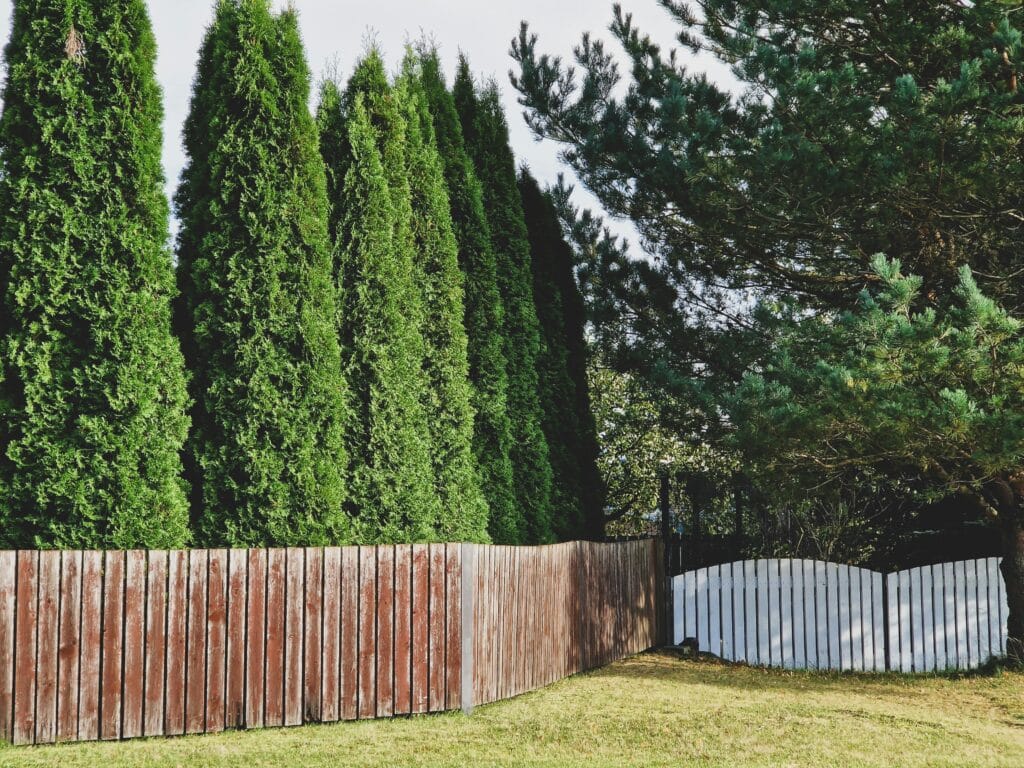
Green Giant Arborvitae trees are popular choices for landscaping. These evergreen plants grow tall and wide, making them great for privacy screens and windbreaks.

You can expect Green Giant Arborvitaes to grow 3-5 feet per year in good conditions. Their fast growth rate helps them quickly fill in spaces between trees. They can reach heights of 50-60 feet at maturity.
These trees are low-maintenance and adapt well to different soil types. They resist many common pests and diseases that affect other evergreens.
Green Giant Arborvitaes keep their deep green color year-round, adding beauty to your yard in all seasons.
Green Giant Arborvitae is a popular evergreen tree for landscapes. It’s a type of thuja that grows quickly and gets very tall.
You’ll notice its pyramid shape and dense green foliage. This tree can reach heights of 50-60 feet and spread 12-20 feet wide when fully grown.
Green Giant is known for its fast growth rate. It can grow 3-5 feet per year in good conditions. This makes it great for privacy screens or windbreaks.
The tree keeps its green color all year. Its leaves are flat and scale-like, typical of thuja species.
Green Giant adapts well to different soils and climates. It does best in full sun but can handle some shade. The tree is also resistant to many pests and diseases.
You can plant Green Giant Arborvitae as a single specimen or in rows. It works well for borders, hedges, or as a focal point in your yard.
This tree needs little pruning to keep its shape. Regular watering helps it grow faster, especially when young.
Green Giant arborvitae is a fast-growing evergreen tree with distinctive features. It has a pyramidal shape and dense foliage that make it popular for landscaping.
The foliage of Green Giant arborvitae is bright green and stays that way year-round. You’ll notice the leaves are flat and scale-like, arranged in fan-shaped sprays. They feel soft to touch and give off a pleasant scent when crushed.
The cones are small and oval-shaped, about 1/2 inch long. They start out green and turn brown as they mature. You may not see many cones on younger trees.
Green Giant doesn’t produce flowers. It’s a conifer, so it reproduces through its cones instead.
You’ll recognize Green Giant arborvitae by its tall, narrow shape. It grows in a neat pyramid form without much pruning needed.
This tree can reach heights of 50-60 feet tall and 12-20 feet wide at maturity. It grows quickly, often adding 3-5 feet per year when young.
The branches grow densely from the trunk all the way to the ground. This creates a solid wall of green that’s great for privacy screens or windbreaks.
Green Giant has a shallow, spreading root system. The roots mainly grow in the top 6-18 inches of soil.
This type of root system helps the tree absorb water and nutrients from the surface soil. It also makes the tree more stable in strong winds.
Be careful not to plant Green Giant too close to buildings or pavement. The spreading roots can lift sidewalks or interfere with foundations over time.
The roots need well-draining soil to stay healthy. Wet, heavy soils can lead to root rot, which can kill the tree.
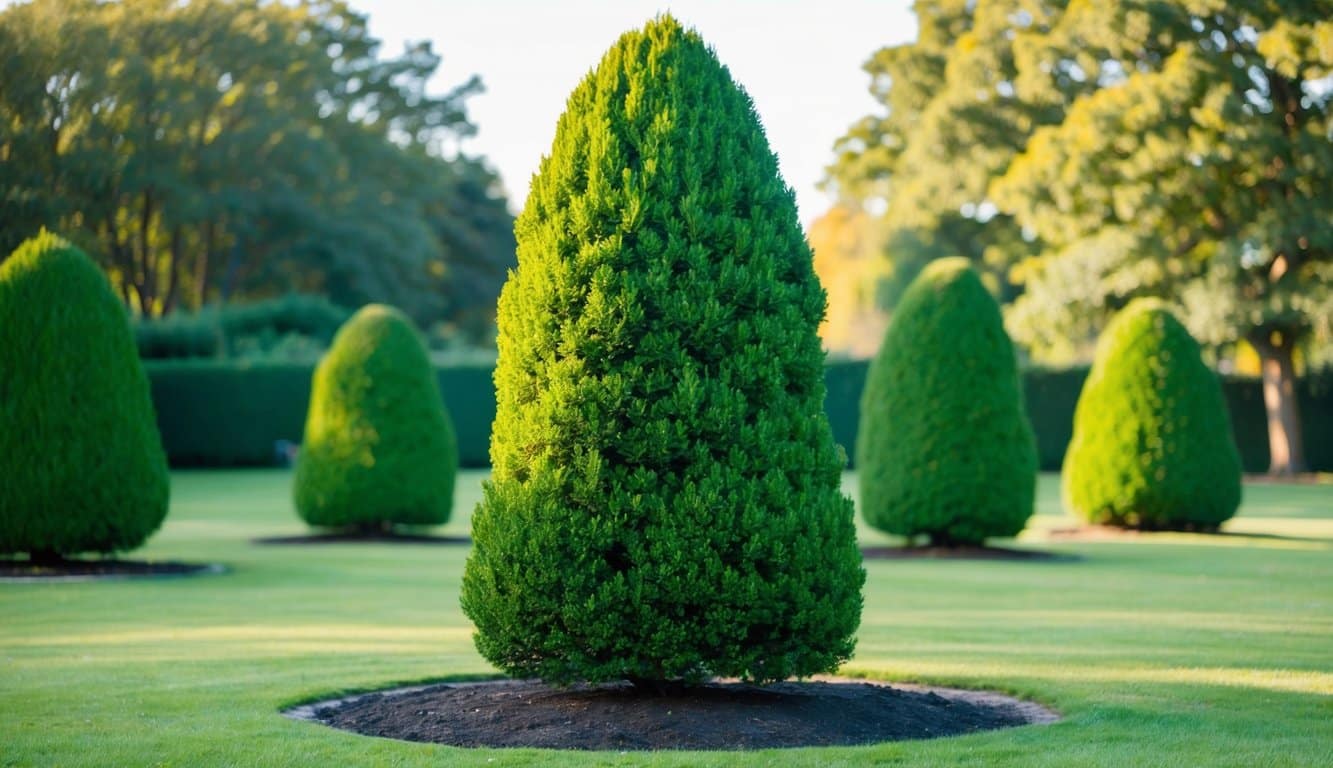
Green giant arborvitae has roots in both Japanese and Western traditions. It carries meaning as a symbol of life and protection in some cultures.
Green giant arborvitae came from a cross between western red cedar and Japanese arborvitae. Plant breeders made this hybrid in the 1930s at a Danish arboretum. They wanted a fast-growing, disease-resistant tree for landscapes.
The parent species have long histories in their native lands. Native Americans used western red cedar for building and medicine. In Japan, people planted arborvitae near temples and homes. They saw it as a sacred tree.
Green giant gained popularity in the U.S. starting in the 1960s. It spread widely as a landscape plant. You can now find it in many parks, yards, and gardens across North America.
In some cultures, arborvitae means “tree of life.” Its evergreen nature stands for eternal life. The tree’s dense growth represents shelter and safety.
Green giant shares these meanings with its parent species. You might see it used as a living fence or privacy screen. This reflects its protective symbolism.
Some people plant green giant to mark special places or events. Its long life makes it good for memorials or birth trees. The fast growth shows progress and vitality.
In feng shui, evergreens like arborvitae bring good energy to a space. You could use green giant to create harmony in your yard or garden.
Green Giant arborvitae is a low-maintenance tree that thrives in many conditions. With proper care, it can grow quickly into a tall privacy screen or windbreak.
You can plant Green Giant arborvitae in many soil types. It grows best in fertile, well-drained loam. The tree also does well in clay soils if they drain properly. While it prefers slightly acidic soil, it can adapt to neutral pH levels too.
Before planting, mix some compost into the soil to add nutrients. If your soil is heavy clay, add sand to improve drainage.
Green Giant doesn’t need much fertilizer, but you can add a slow-release tree fertilizer in spring if growth seems slow.
Green Giant arborvitae grows fastest in full sun. It can handle partial shade, but may grow slower and less dense. In hot climates, light afternoon shade can protect it from heat stress.
Water young trees deeply once a week for the first year. After that, Green Giant is fairly drought-tolerant once established.
During dry spells, give it a deep watering every 2-3 weeks. The soil should stay moist but not soggy.
This tree is hardy in USDA zones 5 to 8. It can handle winter temperatures down to -20°F (-29°C). In zone 5, plant in a sheltered spot to protect from harsh winds.
Green Giant tolerates heat well in zones 7-8. Give it extra water during hot, dry periods. Mulch around the base to keep roots cool and moist in summer.
Green Giant needs little pruning to keep its natural cone shape.
If you want to control its size, trim the top and sides in late winter before new growth starts. Don’t cut into old wood – it won’t regrow.
Remove any dead or damaged branches as you see them. Check for pests or diseases a few times a year.
Apply a 2-3 inch layer of mulch around the base, but keep it away from the trunk to prevent rot.
Green Giant arborvitae trees offer many ways to enhance your yard. They can create privacy, block wind, and serve as eye-catching focal points.
Green Giant arborvitae make excellent privacy screens. Their dense foliage grows quickly, forming a living wall. You can plant them in a row to block views from neighbors or the street.
These trees reach heights of 40-60 feet, providing privacy for multi-story homes. Their spread of 12-18 feet allows you to cover large areas with fewer trees.
Plant them 5-6 feet apart for a solid screen.
Green Giants keep their lower branches, unlike some other evergreens. This gives you privacy from the ground up. Their year-round green color maintains your screen even in winter.
Green Giant arborvitae work well as windbreaks to protect your property. Their tall, dense growth blocks strong winds. This can make your outdoor spaces more comfortable.
Plant them on the north or northwest side of your yard to stop cold winter winds. They can help lower your heating costs by shielding your home.
Their evergreen needles catch snow, keeping it off your driveway and walkways.
For the best windbreak, plant multiple rows. Space the rows 15-20 feet apart. Stagger the trees in each row for maximum wind protection.
You can use Green Giant arborvitae as striking landscape features. Their pyramid shape adds visual interest to your yard. Plant them as focal points near entrances or in corners.
These trees look great in groups of three or five. Use them to frame views or create backdrops for flower beds. Their dark green color contrasts nicely with lighter-colored plants.
Green Giants also work well in large containers. Place potted specimens on patios or decks to add privacy and greenery. Trim them to maintain a smaller size in pots.
Green Giant arborvitae grows quickly, adding 3 to 5 feet of height each year when young. This rapid growth slows down as the tree matures.
You can expect your Green Giant to reach 20 to 30 feet tall within 10 years. At full maturity, it can grow up to 60 feet high with a spread of 12 to 20 feet wide.
The tree develops a dense, pyramidal shape naturally. It requires little pruning to maintain its attractive form.
Green Giant arborvitae adapts well to various soil types. It thrives in full sun but can tolerate partial shade.
This tree is hardy in USDA zones 5 to 8. It handles cold winters and hot summers with ease.
As your Green Giant grows, its foliage becomes thicker. The branches fill out from top to bottom, creating an effective privacy screen or windbreak.
Remember to give your tree enough space to reach its full size. Planting too close to structures or other trees can limit its growth potential.
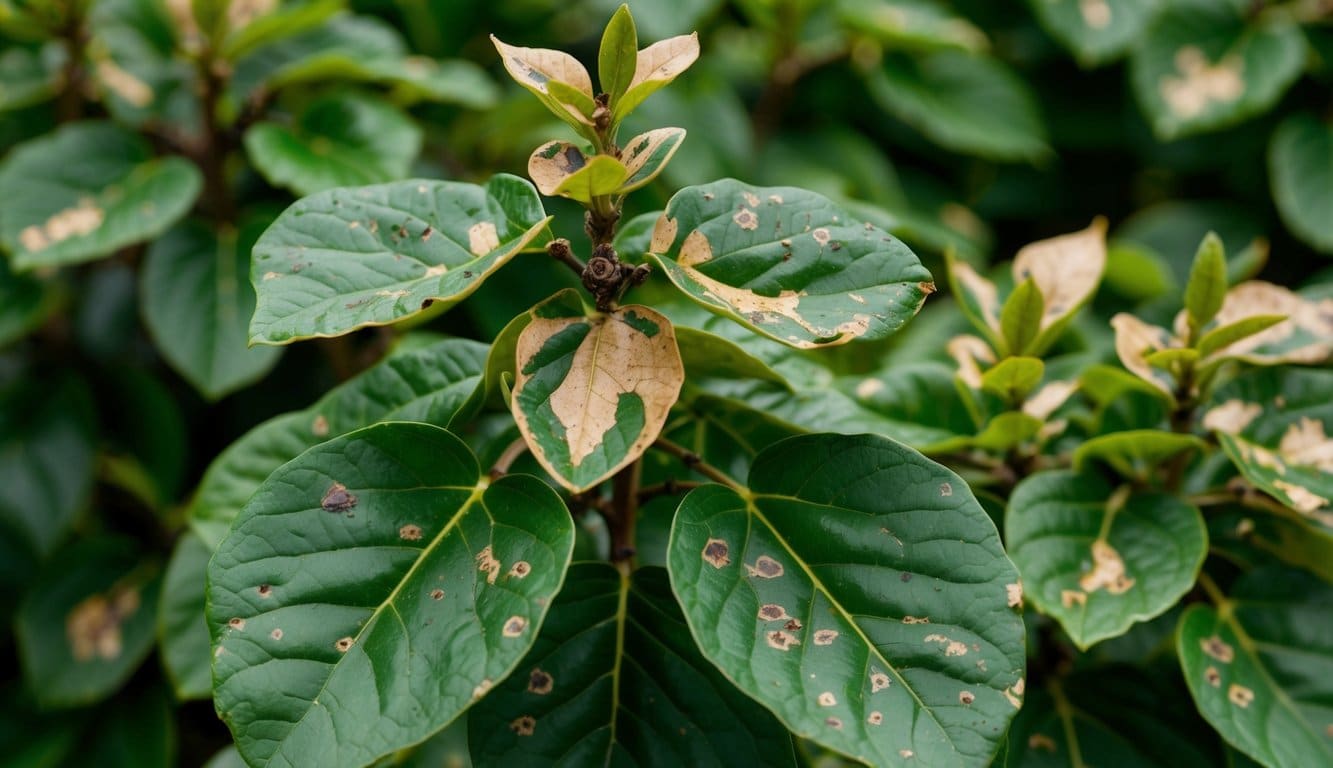
Green giant arborvitae faces some pest and disease issues, but it’s quite hardy overall. Its resistance to deer damage is also a plus for many gardeners.
Bagworms are a common pest for green giant arborvitae. These caterpillars make cone-shaped bags and can strip the foliage.
You may see small, brown bags hanging from branches.
Scale insects can also be a problem. They appear as tiny bumps on stems and leaves. They suck sap from the plant, weakening it over time.
To control these pests:
Spider mites may attack during hot, dry weather. Look for yellowing needles and fine webbing. Regular misting can help prevent mite problems.
Green giant arborvitae is resistant to many common diseases. It rarely suffers from serious fungal issues.
Root rot can occur in poorly drained soil. Signs include:
To prevent root rot:
Needle blight may happen in wet conditions. Prune affected areas and improve air flow around the plant.
Green giant arborvitae has good deer resistance. Deer tend to avoid its tough, scaly foliage. This makes it a good choice for areas with high deer populations.
While not completely deer-proof, it’s less likely to be eaten than other plants. In times of food scarcity, deer may still nibble on young growth.
To further deter deer:
Green Giant arborvitae can be grown from seeds or cuttings. Seeds are collected from cones in fall and need cold stratification before planting in spring.
Cuttings offer a faster method. Take 4-6 inch cuttings from semi-ripe wood in summer. Remove lower needles and dip the cut end in rooting hormone before planting in a mix of peat and sand.
Keep cuttings moist and warm until roots develop in about 2-3 months. Transplant rooted cuttings to larger pots before moving outdoors.
Breeding programs aim to improve traits like growth rate, disease resistance, and cold hardiness. Controlled pollination between selected parent trees produces new hybrid varieties.
Some key breeding goals for Green Giant include:
It can take many years to develop and test new arborvitae cultivars before they’re ready for commercial release. Patience is key in tree breeding efforts.
Professional growers often use tissue culture to quickly produce large numbers of genetically identical plants. This helps bring new varieties to market faster.
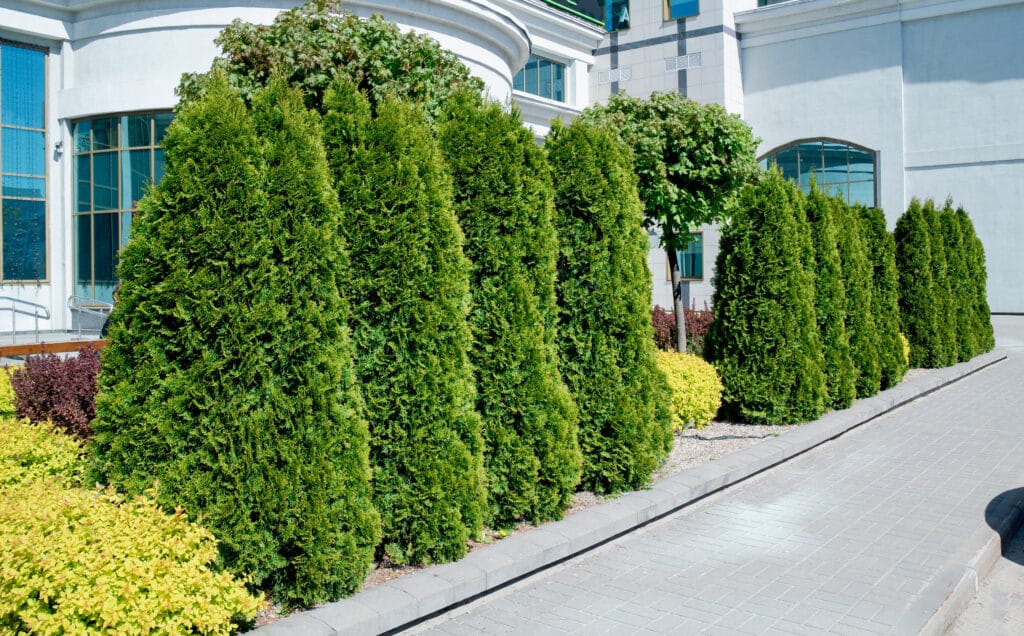
Green Giant arborvitae is a popular choice for many landscapes. It adapts well to different environments. You’ll find it thriving in various soil types and climate zones.
This tree is hardy in USDA zones 5-8. It can handle cold winters and hot summers. You won’t need to worry much about pests or diseases either.
Green Giant grows fast and tall. It can reach 40-60 feet high and 12-20 feet wide. Keep this in mind when planting near buildings or power lines.
The dense foliage provides great privacy and windbreaks. It also helps reduce noise pollution in urban areas.
This tree is drought-tolerant once established. You’ll save water compared to other landscape plants.
Green Giant can help prevent soil erosion. Its roots system holds soil in place on slopes and hillsides.
The tree provides shelter for birds and small animals. It adds habitat value to your yard or property.
In the Southeast US, Green Giant thrives in the humid climate. It’s a top pick for privacy screens and hedges in this region.
Green Giant arborvitae are popular evergreen trees known for their fast growth and towering height. Here are answers to common questions about their care and characteristics.
Green Giant arborvitae grow quickly, adding 3 to 5 feet in height each year when young. This rapid growth rate slows down as the trees mature.
You can expect about 1 to 2 feet of growth per year once they reach their full size.
Green Giant arborvitae can grow to impressive heights. They typically reach 40 to 60 feet tall at maturity.
Their spread is usually 12 to 20 feet wide. In ideal conditions, some Green Giants may grow even taller, up to 70 feet in height.
For a dense hedge, plant Green Giant arborvitae 5 to 6 feet apart. This spacing allows the trees to grow together and form a solid screen.
If you want individual trees to be more visible, space them 8 to 10 feet apart. This gives each tree room to show its natural shape.
Green Giant arborvitae are not completely deer-proof, but they are more resistant than many other evergreens. Deer may nibble on them if food is scarce.
Young trees are more vulnerable to deer damage. Protect new plantings with fencing or repellents for the first few years.
Green Giant arborvitae grow much faster and larger than Emerald Green. Green Giants can add 3 to 5 feet per year, while Emerald Greens grow 6 to 9 inches annually.
Green Giants reach 40 to 60 feet tall, but Emerald Greens only grow to 12 to 14 feet. Green Giants are better for large spaces and privacy screens.
Green Giant arborvitae prefer full sun but can tolerate partial shade.
They grow best with at least 6 hours of direct sunlight daily.
In too much shade, Green Giants may grow slower and become less dense.
Their branches might stretch towards light sources, creating an uneven shape.

Rose milkweed is a beautiful native plant that can add color and life to your garden. This perennial flower, also known as Asclepias incarnata, grows

Nodding onion plant is a charming native plant found across North America. Its drooping pink or white flower clusters add a whimsical touch to gardens

Lupinus perennis, known as wild lupine, is a stunning native wildflower of eastern North America. This perennial plant adds a splash of color to meadows

Pussy willows are a beloved sign of spring’s arrival. These fuzzy catkins appear on willow shrubs before their leaves emerge. Their soft, silvery buds resemble
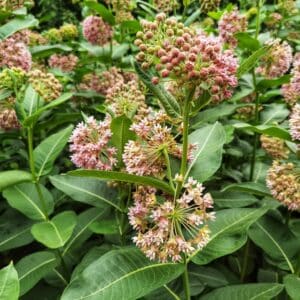


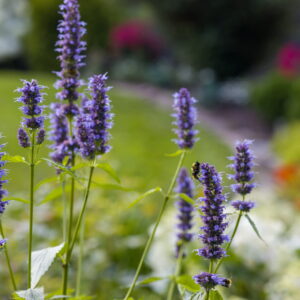
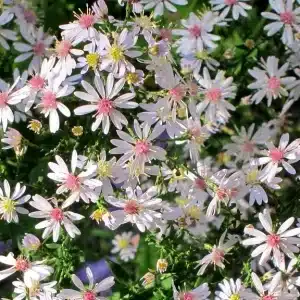
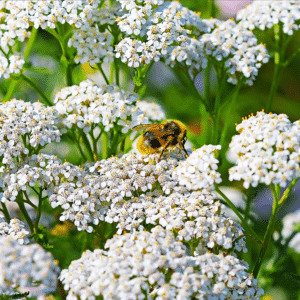
BUYING HIGH QUALITY PLANTS HAS NEVER BEEN EASIER
Our plants are easy to order, plant, and enjoy! Bringing pollinators to your property improves vegetable yields – Feed the bees!
Sign up for our email list!
Copyright © 2025 Bumbee’s | Web design and SEO by Searles Graphics